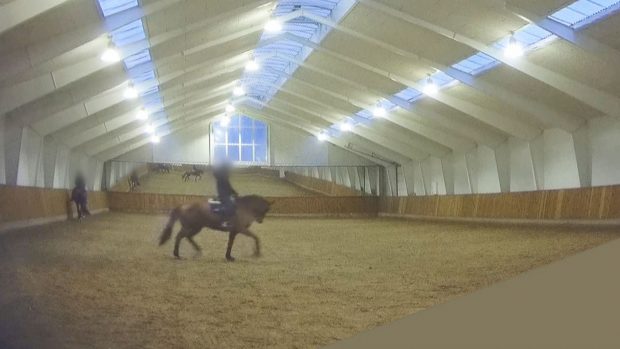The International Equestrian Federation (FEI) will place the controversial dressage training method of rollkur under the spotlight in January.
Some leading dressage riders use overbending or rollkur — the practice of reducing the angle between a horse’s head and his neck — during warm-up prior to competition. They claim it helps stretch and strengthen the horse’s back muscles and prevents injuries.
However, a number of other riders oppose the practice on welfare grounds. Critics insist that the way horses curl their head in rollkur limits their vision, puts pressure on their jaws and overstretches their nuchal ligament and fascia, preventing a correct engagement of the hindlegs.
Earlier in the year, the controversy over rollkur erupted with force after German magazine St Georg pointed its finger at it, accusing prominent riders of using cruel training methods on their horses.
Since then the furore over the practice has raged on. An FEI spokeswoman confirmed that the FEI Veterinary and Dressage committees have received several questions about it. This prompted them to undertake a thorough review of rollkur and its implications for horses.
The review will culminate in a one-day workshop that will take place at the next FEI Veterinary committee meeting in Lausanne on 31 January 2006. Vets, scientists, riders, trainers and officials will have a chance to have their say on the practice and discuss whether to continue using it at future FEI competitions.
Rollkur isn’t widely practised in Britain, so British Dressage spokeswoman Jo Bagnall doesn’t think the review will affect lots of home riders, regardless of its outcome. Nevertheless, BD “will be following the discussion carefully and hope to have senior representatives at the forum,” according to Bagnall.
“We are open to discussions on training methods which we find very healthy for the development of the sport,” she says. “Getting great dressage minds to sit together to talk about the happy athlete or training methods is always good.”


